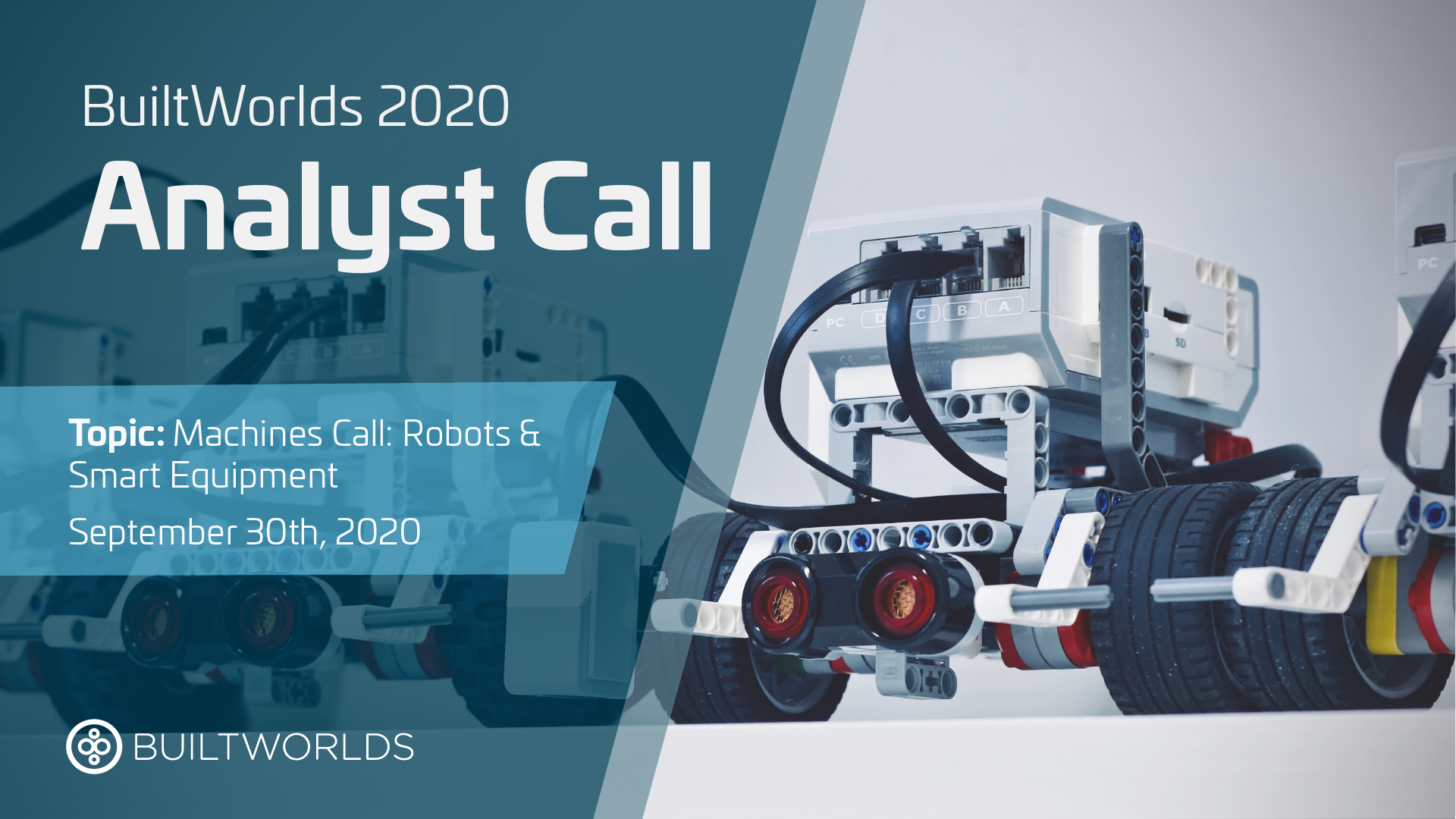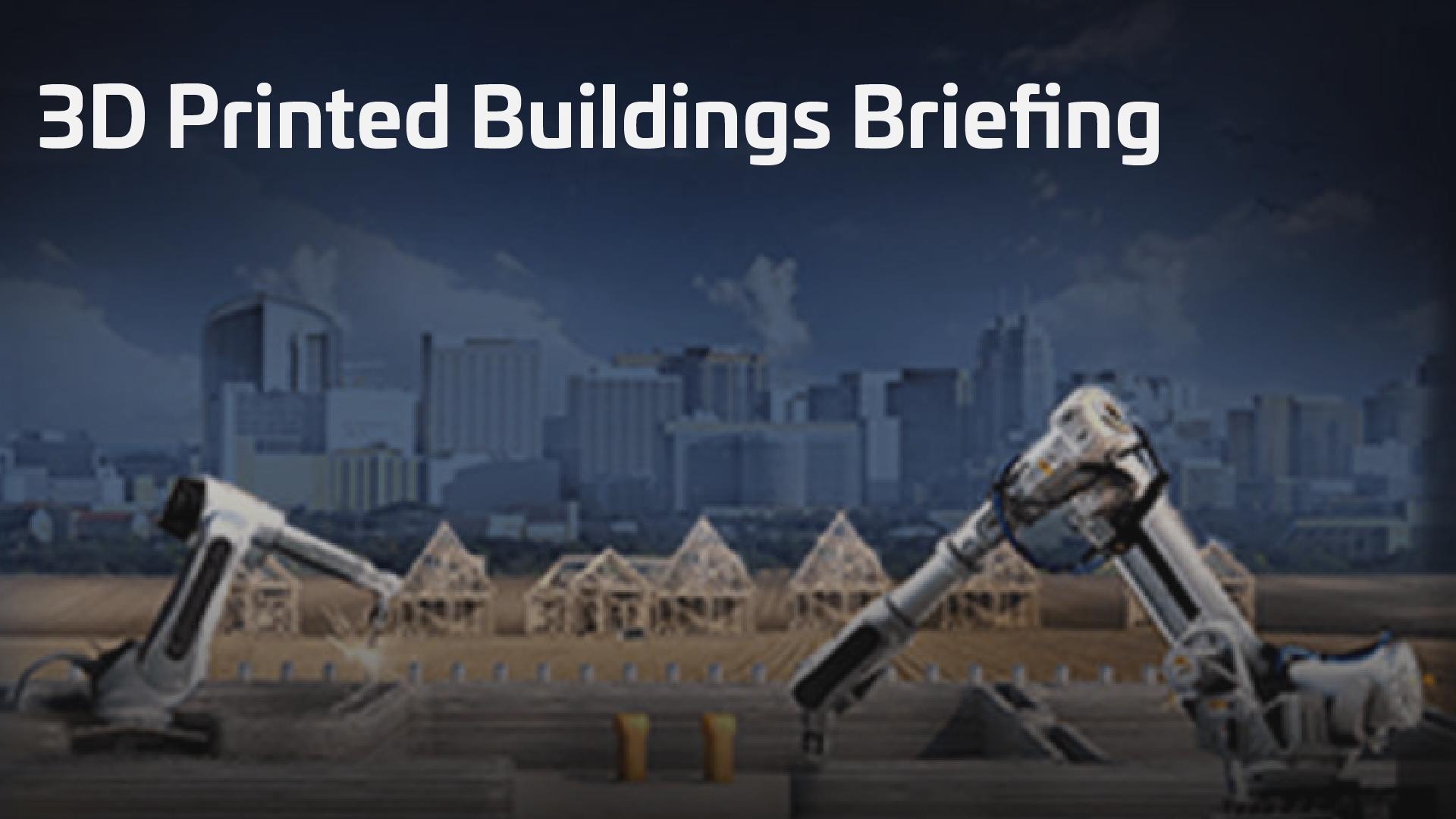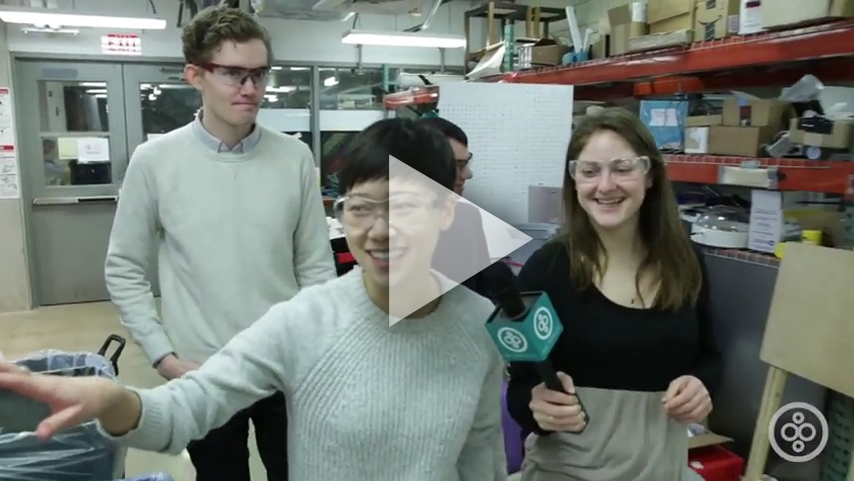Jean-Daniel Kuhn, co-founder of XtreeE, a French 3D printed construction start up, will join us on Sept 30th to discuss the current state of 3D printing in the Buildings and Infrastructure Sector. Among a growing group of companies focused on 3D printed structural elements, XtreeE was the winner of Demo Night Competition at our Global Summit last year. With the strength of some serious industry-experienced strategic investors, the firm has steadily been making gains in the business of 3D printing structural components for buildings such as building columns as well as other elements of building projects, including furniture and walls.

The Materials and Forms Matter As Much As The Mechanics
One of the aspects of XtreeE's presentation that particularly interested our judges at last year's Global Summit Demo Night was the group's understanding of the materials involved in the process. Many of the 3D printing companies - and there are now many (see our recent listing of 20 companies in the sector) - seem to focus on the mechanics of printing. To be sure, the heavy and somewhat clumsy gantries in earlier 3D printing machines added to the challenges of usage in many in ways. However, understanding the materials as well as their relation to the best suited engineering and design of shapes and how, not simply to replicate traditional building systems, was where the xtreee team truly raised the interest of the judges.
With backgrounds as architects, engineers, and at construction materials leader, LaFarge Holcim, and with investment backing from engineering and construction giants like Thornton Thomasetti via its TTWiN Accelerator, Major Turkish Heavy Construction Company Gulermak's Shibumi International, and Leonard by Vinci, the company had significant support in thinking through the materials, the most effective structural designs, and also working through the practical applications for the technology.
Of particular note, XtreeE's innovative designs and approaches present the possibility of structures that actually use less material than in conventional construction. This concept of designing in different ways with different materials, resulting in use of less material is an aspect of 3D printing that receives less attention, than the concept of using less labor.
Segmenting 3D Printers Who Focus on Buildings, Structural Elements, Furniture and Fixtures
Another interesting aspect of the evolution of the 3D Printed Space is that, as with the Modularization and Pre-Fabrication space, there seems to be a potential division between companies that are focusing on delivering entire buildings and companies that are specializing in certain kinds of structural components and elements. Of note, there is yet a another category of 3D printers serving the industry that are focused on the printing of tools and smaller pipes, valves, fitting or other items needed in projects. Taken as a whole, the sector is still very much in its early phases, but clearly, the proliferation of providers, early segmentation of their offerings, and increasing capital from strategic and financial investors strongly suggests that the segment will continue to evolve toward broader commercialization in the years to come.
Back in 2016, we partnered with Northwestern University's Mechanical Engineering Department to explore the possibilities of 3D Construction. Northwestern boasts a premier 3D printing laboratory and world class programs in material sciences, mechanical engineering, and project management. So, we were excited to partner with them to deepen our learning. As this short clip illustrates, concrete as a medium was one of the biggest challenges the team faced in making the process work. It was clear to us then, as it is to us now, that the greatest success in the field will involve innovation in robotics and equipment, materials, and also in the actual design of the buildings and building systems, themselves.










Discussion
Be the first to leave a comment.
You must be a member of the BuiltWorlds community to join the discussion.